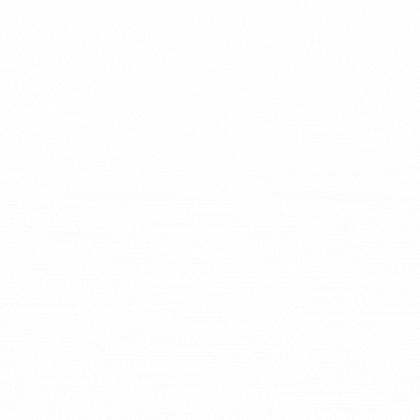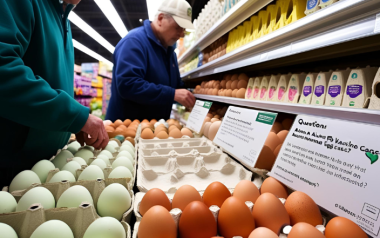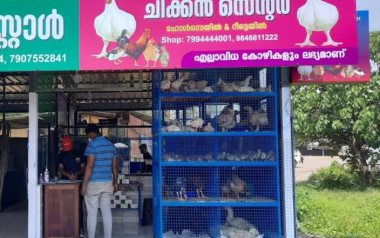The hooks are sized and built according to the area to which they are destined: slaughter line, manual or automatic evisceration, classification, cuts; and according to the type of birds to be slaughtered.
28 Aug 2021
The importance of hooks in the slaughter plant
Although mechanically simple per se, and even more so when compared to the sophisticated machinery that surrounds them, the hooks are still a key component because it is, in the end, the common thread of processing as we know it.
Content available at:
Español (Spanish) العربية (Arabic)
In the slaughterhouse, if we wanted to list its components, without a doubt the hooks would be number 1. Although mechanically simple per se, and even more so when compared to the sophisticated machinery that surrounds them, the hooks are still a key component because they are, in the end, the common thread of processing as we know it.
Materials used in the construction of the hooks
Stainless steel and plastic resin are the materials used in their construction.
- Those of steel are applied, in general, to the areas with more aggressive processes, requiring that they be more resistant.
- Those made of plastic resin are usually destined for areas where the processing is less aggressive, for example, an aerial sorter or where it is required to protect the equipment from the damage that the hooking of a steel hook to one of its moving parts can cause, as in the automatic gutting and cutting line.
- Likewise, there are differences in how the hooks are connected to the trolleys – whether via the extension of the hook itself or by an independent articulated arm, and how they are connected to each other – chain, steel cable, or rings.
What variables are considered when choosing hooks?
TO CONTINUE READING REGISTER IT IS COMPLETELY FREE
Access to articles in PDF
Keep up to date with our newsletters
Receive the magazine for free in digital version
REGISTRATION
ACCESS
YOUR ACCOUNT
LOGIN
Lost your password?



































